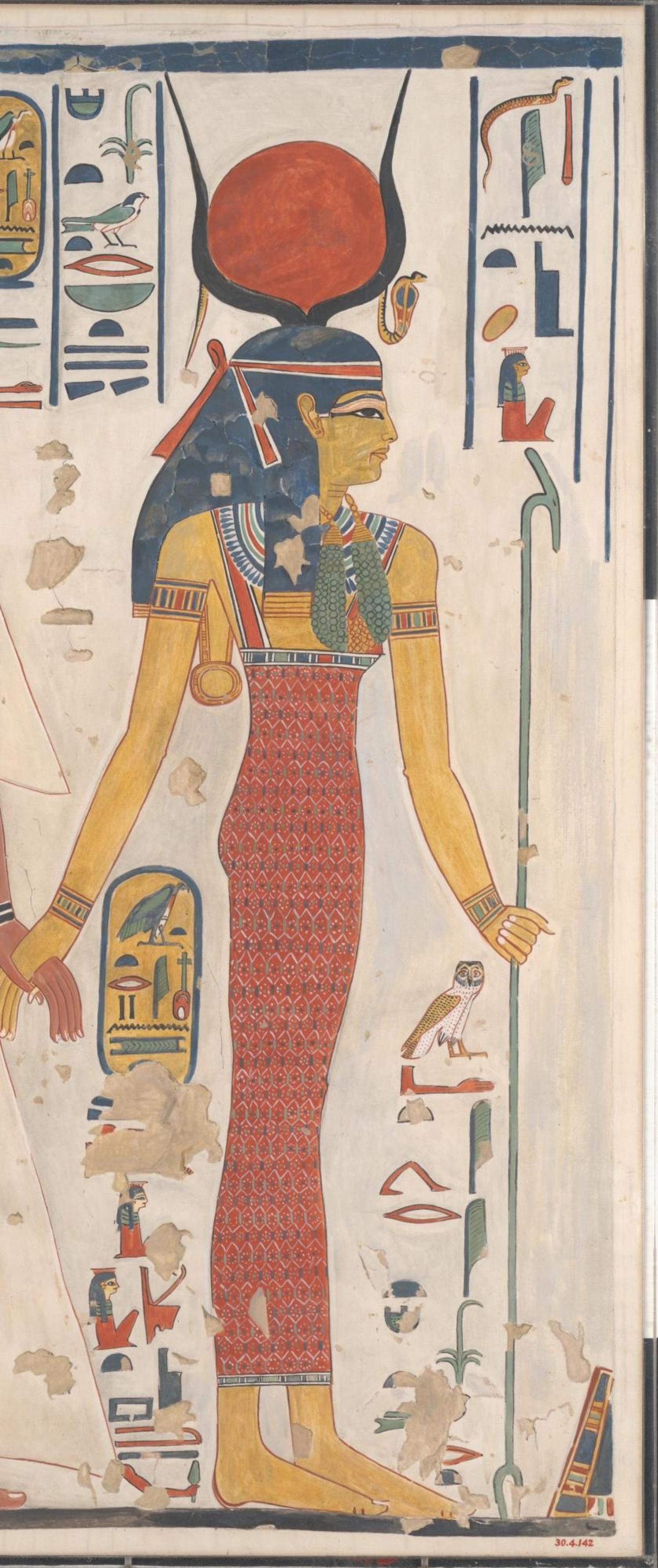AIA lecture: Imagining a Greek Home for an Egyptian Goddess: Time, Landscape, and Architecture in Greek Sanctuaries to Isis
Imagining a Greek Home for an Egyptian Goddess: Time, Landscape, and Architecture in Greek Sanctuaries to Isis
Professor Lindsay Mazurek
Wednesday, January 25 at 7:00pm
Hale Sciences 270 or via Zoom
Free and Open to Public
REGISTER HERE
ABSTRACT
When Isis first arrived on Greek shores in the 3rd century BCE, her new followers had to build sanctuaries appropriate to an Egyptian goddess. In the process of imagining a place for their Greek Isis to dwell, devotees came up with a wide range of eclectic solutions that intertwined local needs, imperialist fantasy, and fantastical chronology. These sanctuaries do not draw from contemporaneous Egyptian art and architecture, but rather from Greek stereotypes about Egypt and the Nile River. Isis’ Greek temples, I argue, allowed Greek devotees to imagine Egypt in a way that responded to their own experiences as provincial subjects of the Roman Empire.
I begin with a brief overview of Isis’ and Sarapis cults’ arrival in Greece in the early Hellenistic period. Then, I turn to literary evidence, in which Greco-Roman authors from Herodotus to Pliny the Younger characterize Egypt as a timeless and strange place and highlight its unique flora and fauna. I next trace the popularity of these ideas in wall paintings and mosaics, where depictions of the Nile convey ideas of otherness and imperial control. I conclude by discussing the sanctuaries of the Egyptian gods at Marathon and Gortyna. The sanctuary at Marathon combines imaginative architecture that resembles Pharaonic Egyptian temples, archaizing sculpture that evoked a timeless Greco-Egyptian past, and a riverine setting that recalled the Nile Delta. At Gortyna, the sanctuary includes both an underground water crypt that echoed the Nilometers used to measure the river’s annual flood and cattle statuettes that personified the river’s waters. Taken together, this evidence suggests that Greek devotees used sanctuary spaces to explore Greek conceptions of Egypt as an imagined, far-off, and ancient place that they could control in much the same way that Rome controlled and imagined Greece.


